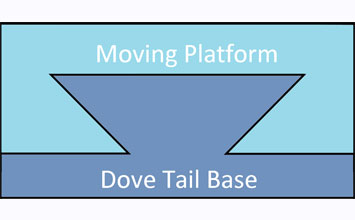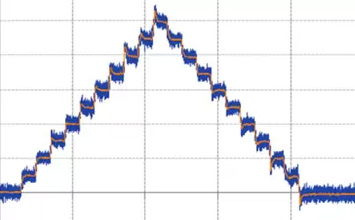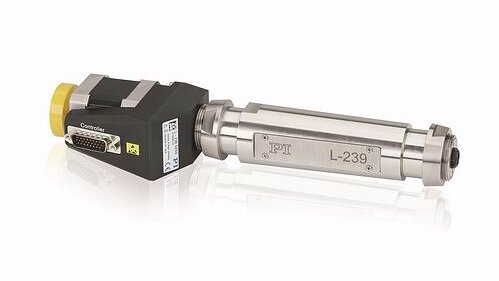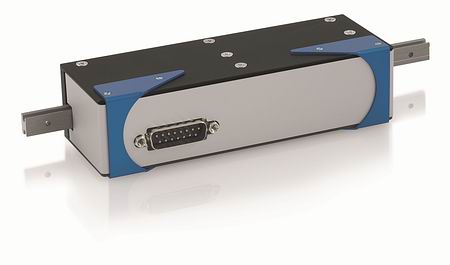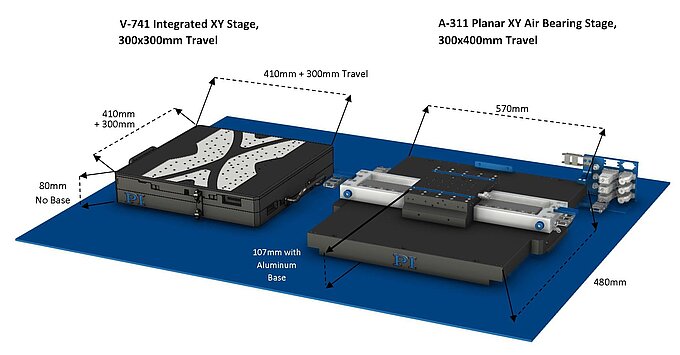What is a Linear Slide?
Linear slides are positioning systems consisting of a moving platform and a stage base (mostly made of aluminum or stainless steel), usually with linear ball bearings or crossed-roller bearings. They are used in motion and positioning applications and provide one degree of freedom (linear motion)
For precision positioning applications, motorized slides are used. PI provides a large variety of innovative linear slide motion systems with a variety of motor concepts from stepper motors to servo motors and piezoelectric linear motors.
In addition to lead-screw drives and anti-backlash ball-screw drives, we also offer voice-coil actuator-driven systems and high-resolution linear stages with 3-phase linear motors for high speed linear motion and scanning.
Motorized linear slides typically provide resolutions from 1 micron to 10 nanometers. Some systems can achieve even higher precision. Travel ranges are in the 5mm to 1000mm range.
Guiding Systems and their Influence on Accuracy and Speed
Different linear guides are used. For accurate positioning applications, linear guides with crossed-rollers or ball bearings are used most often. The highest accuracy linear slides use air bearing linear guides or magnetic bearings. These guiding systems also allow the design of high-speed linear slides. The lower the friction, the higher the velocity and reliability that can be achieved, especially in 24/7 automation applications. The simplest form of linear guide is called a dovetail slide, however, it is mostly only useful in quasi-static applications. For high-load applications, or in high-performance 3D printers and precision laser micro-machining, crossed-roller guides or recirculating ball rails are common.
If ultra-high accuracy and more precision than achievable from a servo or stepper moto slide is required, PI also provides a wide selection of piezoelectric flexure guided nanopositioning slides (flexures have no rolling or sliding elements) to meet the highest precision demands in motion control, as required in semiconductor, photonics, and super-resolution fields.
Motorized Slides in XY and XYZ Combinations
Our motorized linear slides can be mounted in XY and XYZ configurations for multi-axis linear motion. For flexibility and cost efficiency, the new L-836 stepper motor linear slides should be considered. If higher levels of integration for industrial automation are required, gantry stage systems are the next step up.
Benefits of Working with PI:
Access to the broadest and deepest portfolio of precision motion technologies in the world; engineers who understand your applications and match it to the appropriate motion technology, be it a stepper motor driven lead screw system or a compact piezo linear motor drive. Contact our engineers if you need help selecting the right motorized slide for your project. More information on the difference between linear stage, linear slide, and linear table»
Why use a Motorized Linear Slide?
Motorized linear slides are often used in positioning, test, measurement, and automation applications. Most of these linear slides are equipped with lead-screws or ball-screws (for higher velocity linear motion). Screw-type electro-mechanical linear slides with cross-roller-guides or ball-bearing-guides can be used in high-accuracy linear motion applications that also require high load capacity and thrust. When high linearity and repeatability is essential, a linear encoder can be integrated into the motorized slide assembly. When the highest stiffness electric slides are required, crossed-roller bearing guides are advantageous, because of the line contact compared to ball bearings. High-speed, low-maintenance linear slides for 24/7 applications are equipped with direct-drive, 3-phase linear motor. The non-contact linear motors are maintenance-free and frictionless, with ultra-smooth motion and these types of precision positioning linear slides are preferred by linear motion engineers and system integrators working on high performance, high accuracy automation systems. Direct-drive motorized slides are also faster and more responsive compared to ball screw type linear tables, and available with absolute encoders. Stepper motor linear slides are often used for linear motion tasks where an economical solution is required and high speed is not the issue. Other advantages of stepper motor tables are the easy set-up, with no servo-tuning, providing position hunting-free operation of a stepper motor.
What type of linear module is the best for your application depends on requirements such as load capacity, velocity, duty cycle, minimum incremental motion, straightness of motion, position repeatability, etc. Talk to one of our engineers to get the linear slide with the best performance for your test, positioning or automation application.
Where are Linear Slide Tables Used in the Market?
Almost all modern high-tech markets have a need for precision linear slide tables – from medical engineering to semiconductor manufacturing. The higher the precision of the product to be manufactured or tested, the better the linear slide table needs to be designed. For example, in the semiconductor industry, sub-nanometer precision is common, so air bearing slide tables and linear motor slides are quite common. For standard factory automation, the performance of an open loop stepper motor table, may be sufficient. Machine tools also continuously move up when it comes to higher precision - here a ball-screw slide with closed-loop motor and linear encoder feedback can be a good solution, unless very high speed is required. Medical engineering and photonics packaging automation, aerospace engineering, additive manufacturing (3D printing), and camera assembly are additional applications. PI can provide complete solutions including software and high-end, single-axis and multi-axis motion controllers, optimized for all these markets and applications.










